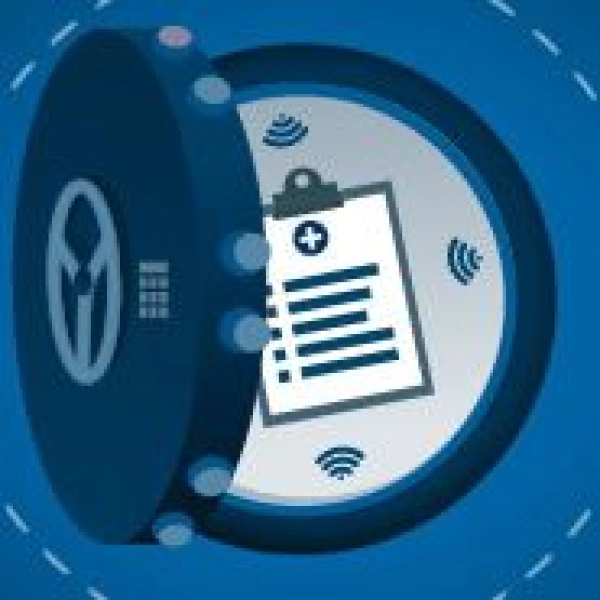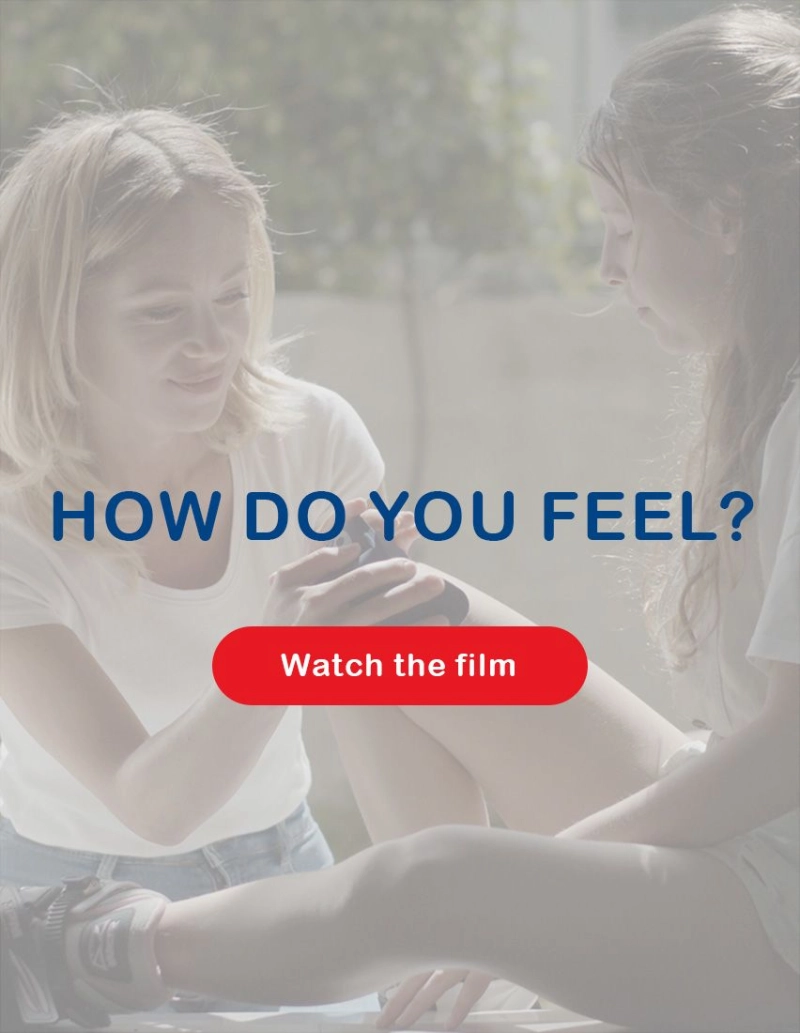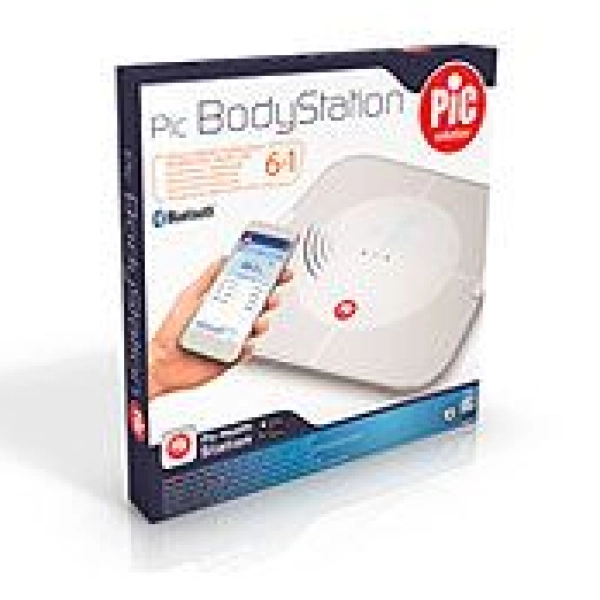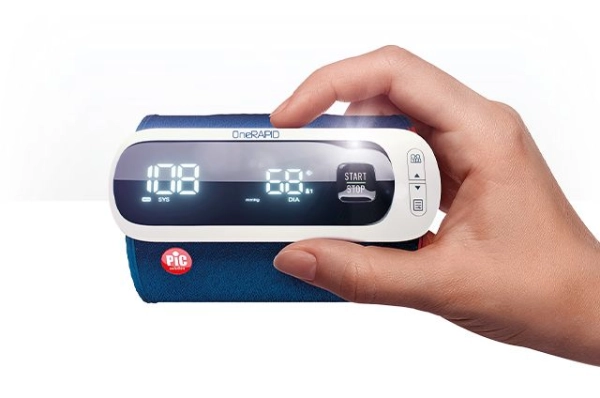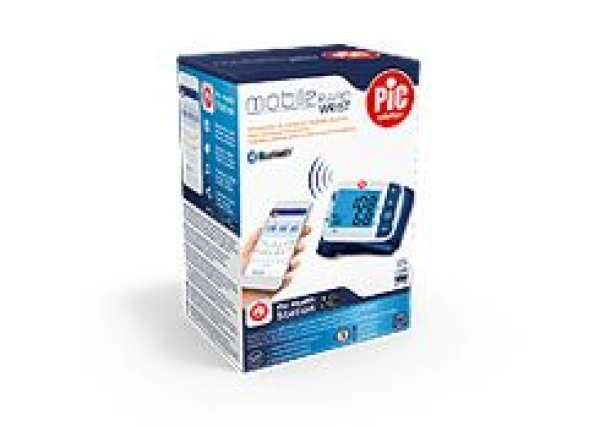

In terms of health, for example after orthopaedic surgery or even after a stroke, undergoing a physiotherapy programme at the hospital or in specialised centres is often necessary to perfectly recover mobility in our body or limbs. Now, part of these sessions could be completed comfortably from home, thanks to gamification: a series of technologies developed for videogames and recently imported into the health field to facilitate certain health journeys, from rehabilitation to active aging to the treatment of specific diseases.
Gamification in the world of health applies above all to what we can define as "accessories": from platforms that use a camera to detect the body's movements to joysticks that allow you to move around in virtual environments, to devices connected to a Kinect, a sensor capable of reading the human skeleton's movements and turn them into on-screen actions. These new health gamification devices can be readjusted for medical purposes, to analyse a person's movements after orthopaedic surgery, for example. In so-called "eHealth serious games", therapists can introduce into the rehabilitation programme traditional game features such as scores, rankings, prizes, challenges and unexpected events to motivate patients to improve their health.
The gamification of health, if we can call it that, often requires a therapist to supervise each patient to check every movement and make any corrections immediately, making sessions more efficient, even from a distance. Gamification itself, in fact, does not exclude physical interaction with the therapist, which is still always necessary - even if it is no longer face-to-face or daily. With the gamification of a rehabilitation programme, medical staff collects quantitative data about the patient's exercises and can even review the session by simulating it with a virtual avatar of the patient.
The treatment of phobias is another successful application of gamification in healthcare. In this case, the most used technology is augmented reality. The patient is immersed in a 3D virtual environment, where the scenarios that make him or her anxious are replicated: an injection or a blood test, for example, a tooth extraction or a spider. During the gamification session, the psychologist can measure certain parameters of the patient's health - such as the heart rate - and suggest relaxation techniques to better deal with fear.


